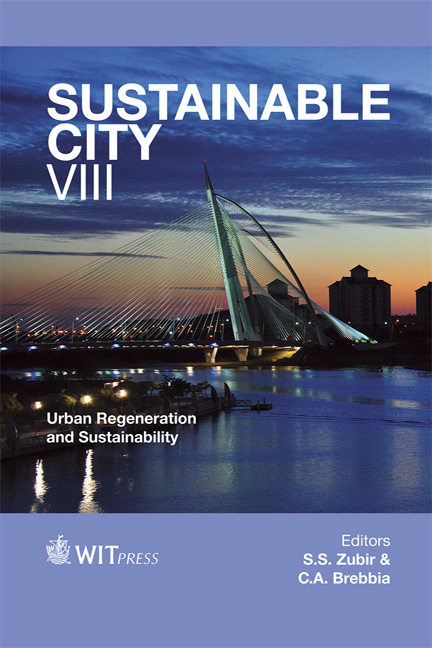Barrier Free Environment: A Case Study To Evaluate Misr Railway Station For Accessibility
Price
Free (open access)
Transaction
Volume
179
Pages
12
Page Range
1237 - 1248
Published
2013
Size
2,695 kb
Paper DOI
10.2495/SC131052
Copyright
WIT Press
Author(s)
H. El Naggar, G. Mossad & K. Tarabieh
Abstract
Egypt is undergoing a series of rapid changes at social, economic and environmental levels as a result of the implementation of a new legislation and constitutional amendments that promise to guarantee the rights of citizens to live in a safe environment. As a result, one of the main population sectors affected are the elderly and people with disabilities. As Egypt undergoes a series of reforms on many levels, expected changes in the current legislation governing physical planning and urban design approached will soon take effect. Among these changes is the creation of a barrier free environment incorporating social and economic dimensions. The aim of the paper is to present the challenges facing people with disabilities in the city of Alexandria focusing on mass transit stations, to evaluate the current design standards and policies, to analyze best practices around the world in similar cities and suggests a better means of integration with the society. The paper method utilized quantitative and qualitative approaches and was applied accordingly to achieve the objectives of the study. A number of similar case studies were analyzed in depth and lists of applicable design criteria were generated. The quantitative analysis includes measurement and evaluation of the adherence of such popular locations to internationally known universal design checklist, while the qualitative tools justified and interpreted the collected data with the support of structured interviews and policy analysis. The paper evaluates the main train station in the city \“Misr railway station” as a case study which is located in the center of the city and documents the accessibility of the station in its current condition and the applicability of new solutions. The paper concludes with conclusions and recommendations that should be
Keywords
barrier free, universal design, persons with disabilities, transportation, Egypt





